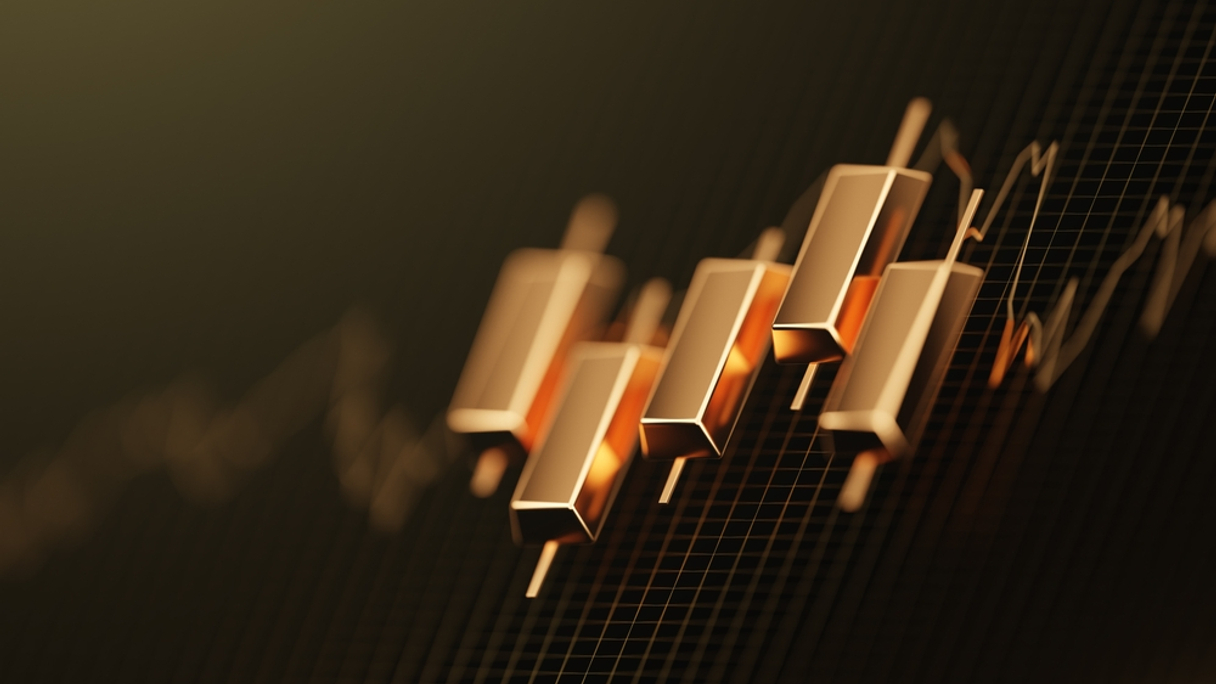Annual demand of gold in 2023 fell by 5%, compared to that in 2022, to 4,448 tonnes, excluding over the counter (OTC) transactions. Within these changes, central banks contributed to 1,037 tonnes of the gold demand last year, the second highest on record, according to statistics from the World Gold Council (WGC).
In the first quarter of 2024, global gold demand, including OTC, was up 3% year-on-year to reach 1,238 tonnes, marking the strongest first quarter since 2016. Excluding OTC, first quarter’s demand fell by 5% to 1,102 tonnes.
China, India and Singapore were among the Asian markets that added the most to their gold purchasing during the first quarter, with an increase of 27.06, 18.51 and 6.57 tonnes respectively. These include both central banks and retail transactions.
The other side of the story is a rocketing gold price this year, reaching as high as over $2,300 per ounce in April and staying at the all-time high, despite a small drop at the beginning of May.
Shaokai Fan, head of central banks at WGC, told FinanceAsia that the confidence in upcoming rate cuts by the US Fed is one of the key reasons behind a rising interest in gold.
“Gold has hit a new all-time high on the back of several different factors. Expectations of interest rate cuts are most definitely adding to enthusiasm, but underlying this is a strong physical demand for gold,” he said.
Fan said that those central banks who have bought ‘historic levels’ of gold over the past two years continued to be strong buyers this year. In China, for example, the interest is tied with a backdrop of investors trying to look for ways to diversify amid a lacklustre performance in other asset classes.
Retail investors can now also more easily tap into the market. HSBC in Hong Kong has introduced the first tokenised gold issued by a bank – using distributed ledger technology (DLT). It is backed by HSBC-owned gold in a vault in London.
Flee for certainty
At the end of last year, market was initially expecting approximately six 25-basis-point cuts within a 12-month timeframe. Christian Scherrmann, US economist at DWS, expects two rate cuts by the US Fed by the end of the year. Curbing inflation in the world’s largest economy has proved to be slower than expected, with the consumer price index (CPI) for March seeing a 0.4% month-over-month core inflation increase.
“Lower interest rates are generally positive for the gold market since it reduces the opportunity cost of holding gold,” said Fan. The team also anticipates inflows into gold exchange traded funds (ETFs) in a lower rate environment.
Global holdings of gold ETFs fell by 114 tonnes in Q1 2024, mainly led by an outflow from North American and European funds.
Asian gold ETFs, on contrast, witnessed an increase in assets under management by 16% to $11 billion, mainly generated by participants in China, due to a weakening yuan and other domestic assets.
Meanwhile, geopolitical risks globally are rising – conflicts in Ukraine and the Middle East are wreaking havoc, tensions between China and the US are ongoing, affecting supply chains globally and wider market sentiment. Gold, as a ‘safe haven’, has therefore attracted wide interest.
The People’s Bank of China was the largest central bank gold buyer in Asia in 2023, and has continued its purchases year-to-date, said Fan – the PBOC is holding 2,262.45 tonnes of gold reserves in the first quarter, followed by Japan and India at over 800 tonnes of gold reserves each.
While the PBOC has added gold for 18 months in a row, the pace that it has bought gold in more recent months has slowed as the price rises.
The Reserve Bank of India’s (RBI) gold reserves, as of March this year, saw a 34% increase compared to that in March 2019, reaching a total holding of 822 tonnes of gold. The Monetary Authority of Singapore (MAS) has also grown its gold reserves by 2 tonnes during the first quarter.
“Although central banks typically don’t comment on their investment strategies, the shift in geopolitical sentiment following the Russian [attempted] invasion of Ukraine and the subsequent sanctions placed on Russia’s foreign exchange reserves have been followed by a tremendous increase in central bank gold buying,” commented Fan.
“We anticipate that central banks will continue to be net buyers of gold this year as well,” he added. However, the decisions by the US Fed on rate cuts will still have the most noticeable impact on the price of gold in the short term.
¬ Haymarket Media Limited. All rights reserved.

